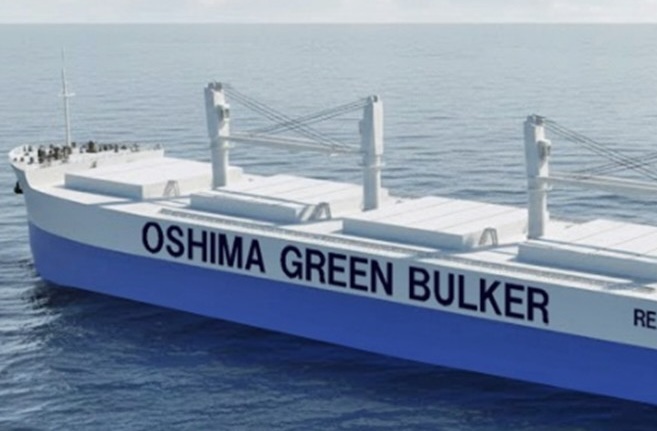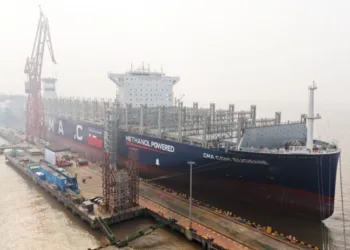
Small-parcel shipping has entered an era defined less by brand loyalty and more by cost transparency, resilience, and speed. Shippers are diversifying away from single-carrier dependency toward a portfolio that blends incumbents with credible alternative carriers. From SmartKargo’s vantage point (where airline networks, data, and unified “dock-to-door” orchestration meet) this shift is structural. And one of the drivers is the math behind your invoice.
The cost split you actually pay: contract vs. accessorials
When finance teams ask, “How much of our parcel cost is contracted base rate versus add-on fees?”, the best industry evidence shows a clear pattern:
- Typical split: Accessorials often account for 20–30% of total parcel spend, with the remainder tied to your contracted base rates (i.e., list + discounts). That implies a ballpark 70–80% contract / 20–30% accessorial split for many profiles.
- Upper bound risk: In poorly managed profiles (or during peak), accessorials can swell to ~40% of the total delivery charge.
Your cost structure will always shift based on parcel size and weight, how many deliveries are residential, the markets you serve, peak-season surcharges, and even packaging choices. But the reality is clear: you can negotiate the best headline rates in the industry, and still see the “extras” quietly pile up. In many cases, those add-ons can represent a third of the total invoice—or even more.
GRIs broke the one-carrier model
Annual General Rate Increases (GRIs) used to be predictable. Recently, base GRIs have hovered around 5.9% (with prior years at 6.9%), but that’s only the headline—many accessorials climb well above the stated GRI, pushing all-in costs higher than the announced average. In other words, the base goes up and the surcharges often go up faster.
Accessorial fees: death by a thousand-line items
Residential, delivery area/extended area, fuel, peak/demand, address correction, additional handling, large package, Saturday—individually “defensible,” collectively margin-eroding. Multiple analyses show these fees routinely exceed one-fifth of total cost and can spike far higher in peak. That’s why CFOs see budget variance and COOs see operational workarounds that compound costs.
Why adding one more competitor changes the game
Procurement discipline is simple: competition drives performance. Adding a credible alternative carrier alongside your incumbent(s) can:
- Lower effective rates by creating real leverage at renewal—especially when the alternative can match or beat SLA.
- Lift service quality via lane-level scorecards (on-time %, first-attempt success, exceptions) and automated routing to the best performer.
- Reduce concentration risk (weather, labor, hub outages) that can paralyze a single-network strategy.
From SmartKargo’s perspective, we slot in as a measurable, SLA-governed alternative—not a rip-and-replace. Standing up small parcel delivery solutions like Delta Cargo DeliverDirect, Widerøe, Emirates Courier Express, and Azul, all powered by SmartKargo, gives you a diversified portfolio with airline-powered middle mile at its core.
Airline-powered middle mile = speed and fewer fee triggers
Moving the middle mile by air (using the belly space of scheduled passenger flights) fundamentally changes your risk profile:
- Predictable speed: Published flight schedules reduce line-haul variability; fewer last-minute workarounds mean fewer fee triggers.
- Peak resilience: Reserved allocations and dynamic load planning absorb surges upstream, curbing punitive peak extras at the parcel level.
- Transparent pricing: Fewer zones and fewer “gotchas” make the landed cost easier to forecast (and defend).
For many brands, this is a CapEx-light path to consistent 1–3-day performance across broad geographies without building new regional DCs.
Data, visibility, and CFO-grade governance
Diversification only works if it’s measurable. SmartKargo’s platform surfaces true landed cost, including accessorials, at lane and SKU profiles. Finance sees the real split between contracted base and add-ons; operations sees SLA adherence; customer care sees doorstep outcomes. With shared telemetry, you can continuously steer volume to whichever option delivers superior on-time-at-target-cost result. You can compare SmartKargo who powers Delta Cargo DeliverDirect, WiderøeSmart, Emirates Courier Express, or Azul, versus your incumbent and see where they stack up.
A 90-day playbook to cut accessorial drag
- Baseline the split: Pull 6–12 months of invoices and quantify your contract vs. accessorial mix by lane, service, weight band, and ZIP profile; expect 20–30% in many cases, with hotspots higher.
- Stand up one more competitor: Activate SmartKargo with a defined test cohort (e.g., residential 3–20 lb into select regions) using partners like Delta Cargo DeliverDirect, Widerøe, Emirates Courier Express, and Azul; publish SLAs and success metrics in advance.
- Instrument & automate: Route by rules, whether that’s on-time %, exception rate, or all-in cost (base + fees). Let performance decide allocation, not habit.
- Peak-proof it: Lock airline capacity ahead of high-risk weeks to avoid the surcharge traps that spike during demand surges.
The bottom line
The growth of alternative carriers isn’t just about chasing a lower base rate. It’s about re-engineering the invoice: pushing a larger share of your spend into predictable, contracted cost while shrinking the volatile accessorial slice. GRIs raised the floor; accessorials raise the ceiling. Airline-powered middle mile with SmartKargo—through partners such as Delta Cargo DeliverDirect, WiderøeSmart, Emirates Courier Express, and Azul Cargo Express—keeps both in check. Add one more dock-to-door competitor, measure ruthlessly, and convert volatility into velocity—and margin.
Learn more about SmartKargo at www.smartkargo.com
The post Alternative Carriers Are Surging in Small-Parcel Delivery appeared first on FreightWaves.



















